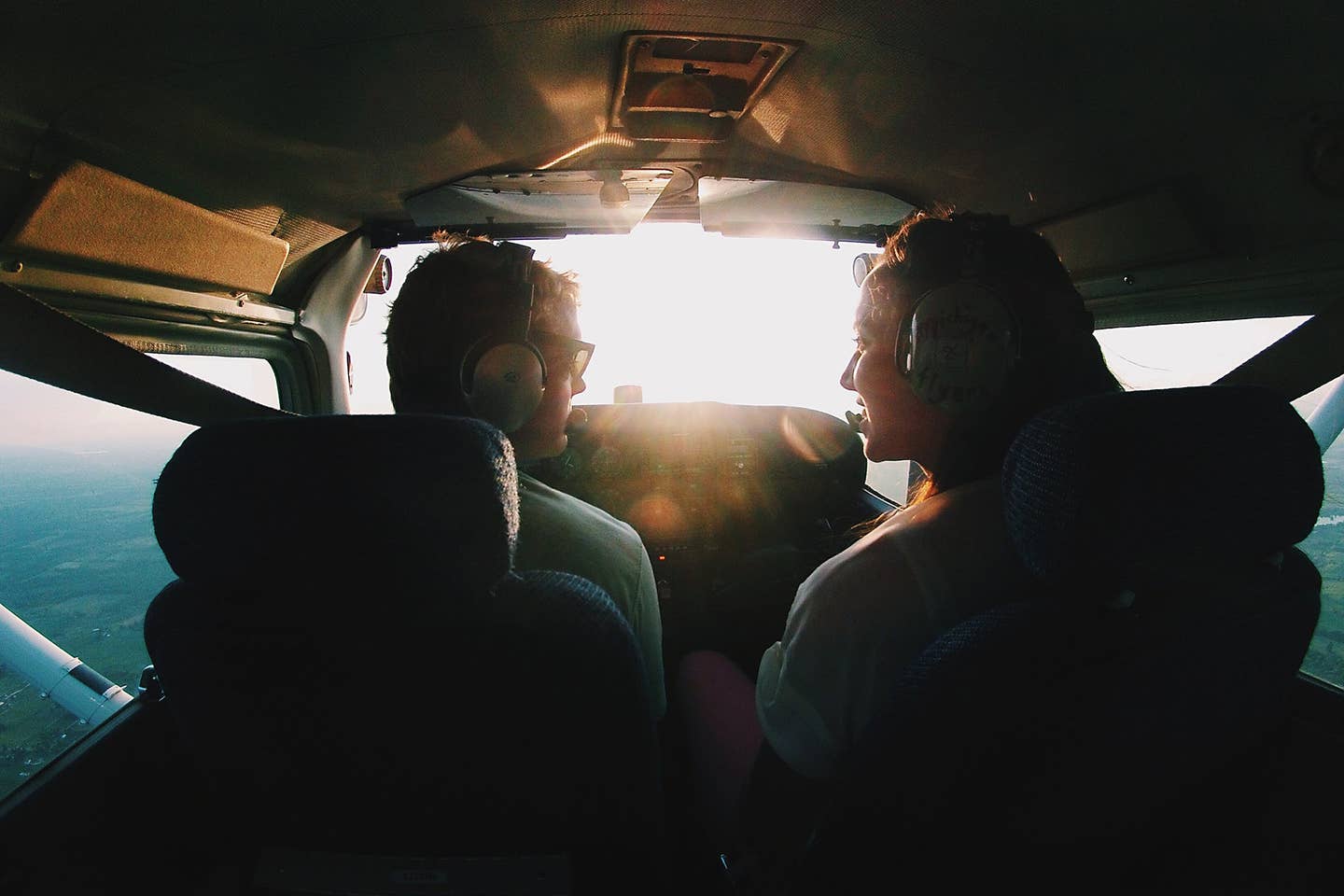
Pilots flying general aviation airplanes for non-commercial uses must follow strict FAA regulations on expense sharing. Pexels
The Federal Aviation Administration (FAA) recently released Advisory Circular AC No: 61-142, which spells out in great detail the regulations that allow private pilots flying non-commercial flights to share expenses with their passengers.
While most private pilots understand what can be considered legal when sharing expenses, FAA provides guidance in the AC backing up their longstanding position about the regulations governing expense-sharing flights and the manner in which those flights relate to operations that require a 14 CFR Part 119 Operating Certificate.
Certain terms are clearly defined in the AC to help understand the regulations. Common Carriage refers to the “willingness to transport persons or property from place to place for compensation or hire,” and operating expenses “defines costs directly arising from the use of an aircraft for the purpose of air navigation including the piloting of aircraft with or without the right of legal control (as owner, lessee, or otherwise).” The AC states that a private pilot is “a person who holds a private pilot certificate issued under the requirements of part 61 subpart E. A private pilot is subject to the privileges and limitations outlined in § 61.113. Generally, a private pilot may not act as PIC for compensation or hire.”
In brief, the AC discusses the general prohibition against private pilots acting as PIC for compensation or hire. The expense-sharing exceptions contained in § 61.113(c) “permits a pilot to share the operating expenses of a flight with passengers provided the pilot pays at least his or her pro-rata share of the operating expenses of that flight. Those operating expenses are limited to fuel, oil, airport expenditures, or rental fees. Prohibited expenses include, but are not limited to aircraft maintenance, aircraft insurance, aircraft depreciation, and navigation charts.” The AC further states that although oxygen may be consumed during a flight and is a direct operating expense, the cost of oxygen cannot be shared with passengers because it is not specifically listed in § 61.113(c).
One of the determinations FAA makes to satisfy legal expense sharing is the “common purpose test,” based on the flight’s destination. In assessing whether a pilot is operating consistently with the expense-sharing provision, the FAA considers whether the pilot has his or her own reason for traveling to the destination. When the pilot, not the passenger, chooses the destination, it suggests that the pilot is not simply transporting passengers for compensation. The common destination satisfies the common purpose test even if the pilot and the passengers have different business to conduct at the destination.

Sign-up for newsletters & special offers!
Get the latest FLYING stories & special offers delivered directly to your inbox






